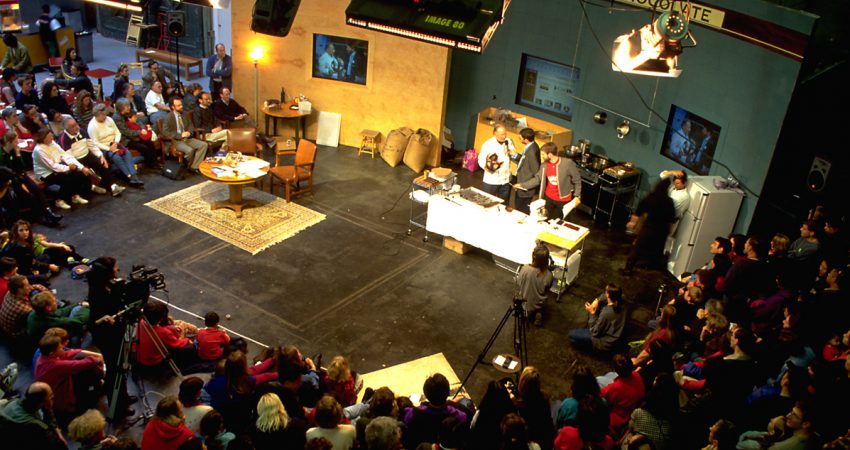
By Melissa Ballard - August 2014
PAPER CITATION
Dabney, K., Tai, R., Almarode, J., Miller-Friedman, J., Sonnert, G., Sadler, P., & Harzari, Z. (2012). Out-of-school time science activities and their association with career interest in STEM. International Journal of Science Education, Part B: Communication and Public Engagement, 2(1), 63–79. doi:10.1080/21548455.2011.629455
Dabney and colleagues examine the relationship between university students’ reported interest in STEM careers and their participation in out-of-school time (OST) science activities during middle and high school. The researchers examined the specific forms of OST science activities associated with STEM career interest and the correlations among those forms. They used a broad definition of OST science activities, including both structured and unstructured activities.
Research Design
The study uses data from the Persistence Research in Science and Engineering (PRiSE) survey, a representative sample of U.S. university students. Surveyed students were enrolled in an introductory English course, a requirement for all undergraduate students regardless of major. Researchers were therefore able to capture the experiences of students both with and without STEM career intentions.
The study sample consisted of 6,556 students from 34 randomly selected U.S. universities; 53 percent were female and 47 percent male. Most (77 percent) were first-year students. The largest racial populations were 73 percent Caucasian, 9 percent African American, and 6 percent East Asian. In a separate question, 15 percent of respondents identified themselves as Hispanic.
Researchers constructed a logistic regression model using university career interest—STEM or non-STEM—as the outcome variable and participation in OST science activities as a predictor variable. They designated medical and health professions as non-STEM careers.
The first survey item asked respondents to indicate career interests at four points in time—middle school, the beginning of high school, the end of high school, and university. For university interest, 22 percent of respondents expressed interest in STEM careers and 78 percent indicated interest in non-STEM careers.
Then the survey asked students about the science activities in which they had participated outside of school: science groups, clubs, or camp; science or math competitions; personal science hobbies; reading or watching science non-fiction; reading or watching science fiction; and playing computer or video games. The researchers categorized the 94 percent of respondents who rarely or never participated in OST science activities as non-participants. The other 6 percent did participate in at least one kind of OST science activity at least a few times a year. These respondents were categorized as OST science participants.
Significant correlations were found between two sets of activities: between science groups, clubs, or camp and science or math competitions and between reading or watching science non-fiction and science fiction. These sets were grouped together in the analysis. Researchers controlled for demographic variables including gender, race and ethnicity, socioeconomic status, and parental education. Based on previous research relating middle school interest in STEM to future pursuit of STEM careers (Tai, Liu, Maltese, & Fan, 2006), researchers also controlled for an expressed interest in STEM during middle school, along with middle school science and math grades.
Findings
Respondents who reported participating in OST science clubs or competitions and reading or watching science were 1.5 and 1.3 times more likely, respectively, to report an interest in STEM careers than other students.
However, several other variables were even more likely to influence current STEM career interest. Gender was the most significant—males were 4.5 times more likely than females to be interested in STEM careers. In terms of their OST science activities, the researchers found a significant different between males and females in reading and watching science but not in participation in science clubs or competitions.
As in previous research (Tai et al., 2006), the study found that respondents who reported interest in science or math in middle school were about 1.8 times more likely to report an interest in STEM careers. Additionally, respondents who said they had high middle school math grades were 1.5 times more likely to indicate a STEM career interest. In looking at interactions between variables, researchers found a positive relationship between socioeconomic status (SES) and participation in OST science clubs and competitions.
Implications for Practice
The vast majority of university students in this sample had not participated in OST science activities while in middle or high school. Clearly a much greater number of K–12 students could benefit from structured OST science programming. However, we don’t know why the students in this sample hadn’t participated—lack of programs in their area, prohibitive costs, lack of appeal of available programs (despite students’ actual or potential interest), a lack of baseline interest in science, or other reasons. Additional research on these reasons and on barriers to participation in OST STEM would help informal science educators design programs to increase participation, particularly among girls and low-SES students.
References
Tai, R. H., Liu, C. Q., Maltese, A. V., & Fan, X. (2006). Planning early for careers in science. Science, 312, 1143–1144. doi:10.1126/science.1128690




